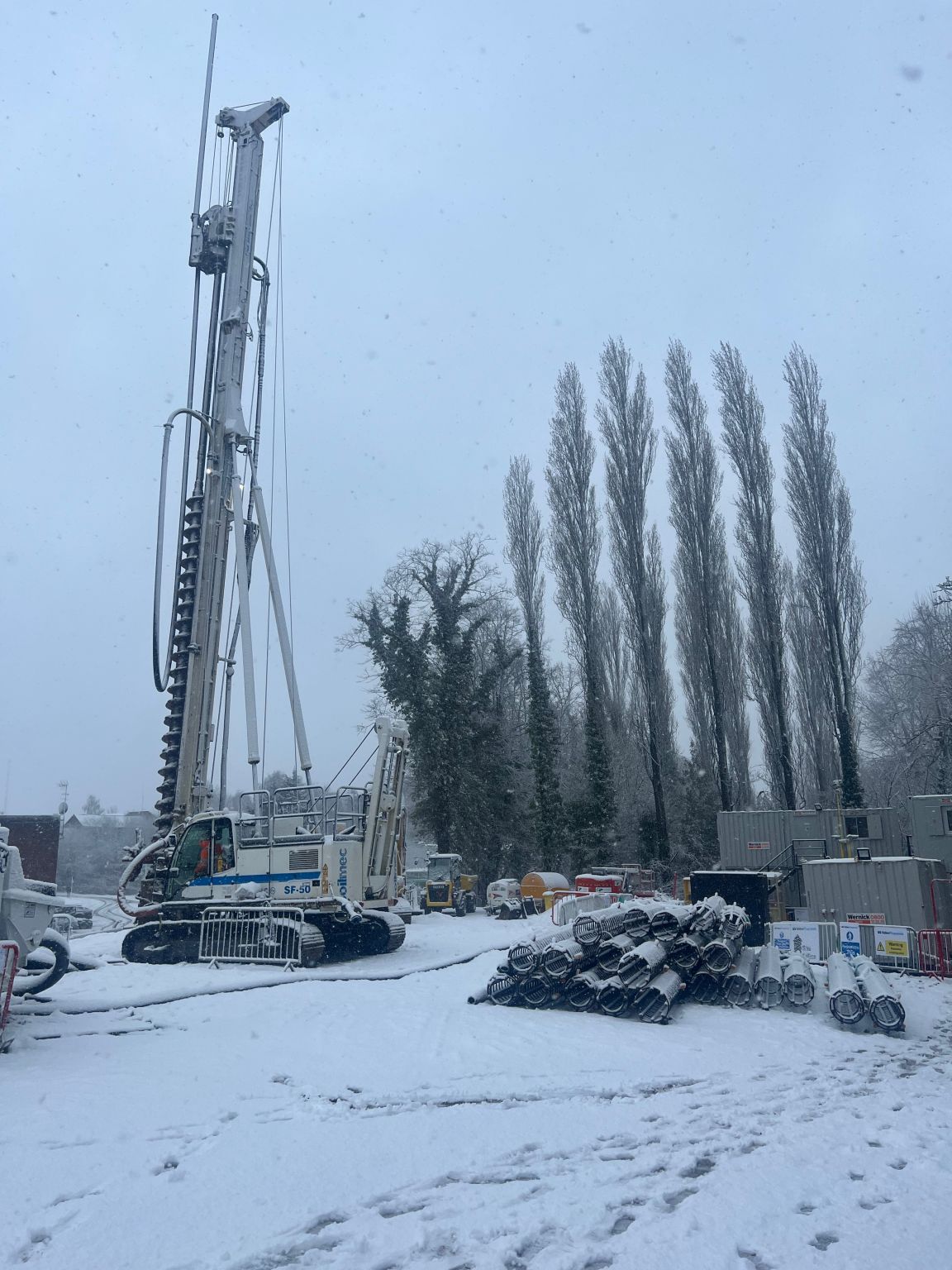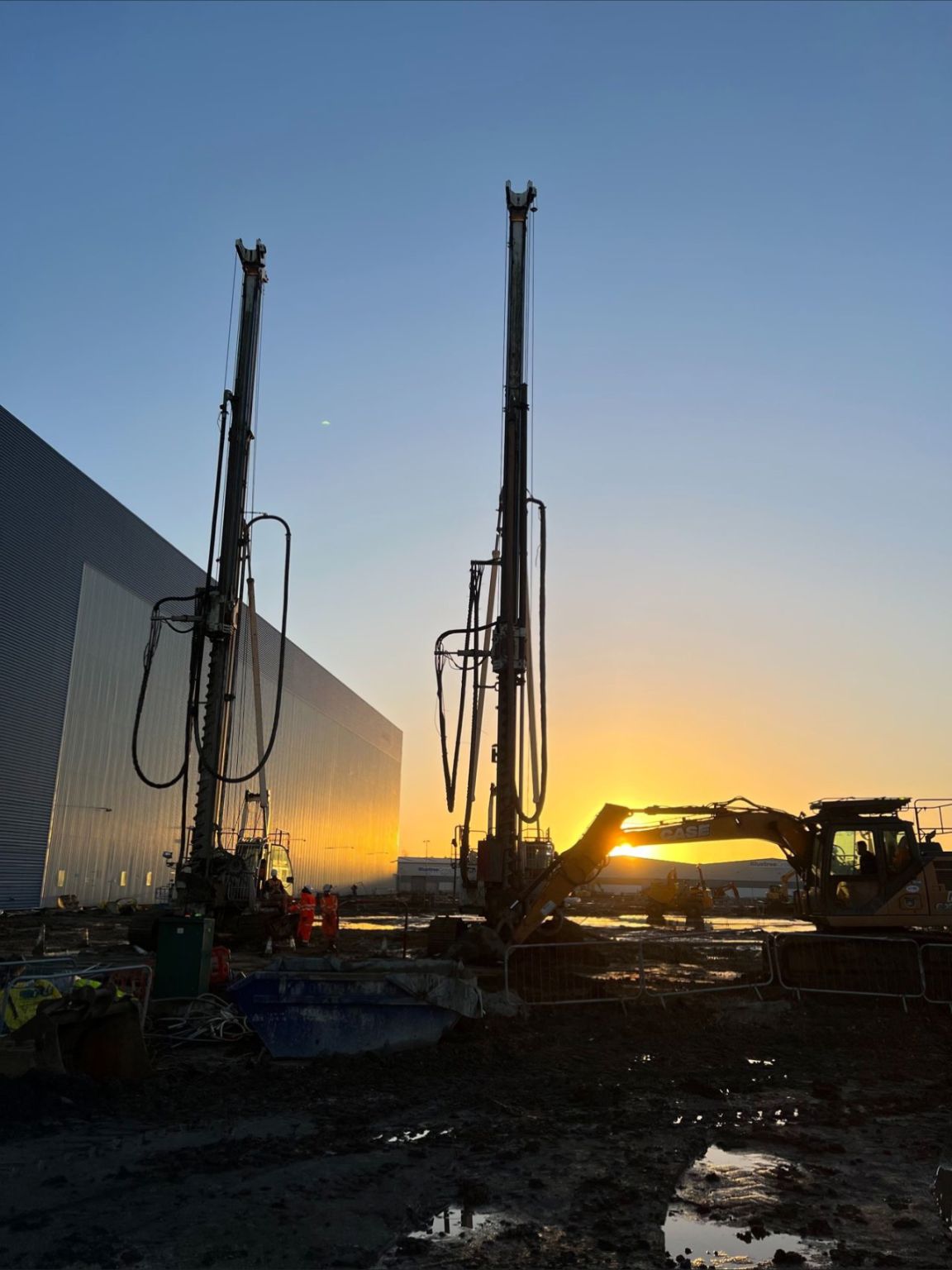Mini Piling in Basildon

All our work force have extensive training and experience along with relevant accreditations specific to their role on site
Mini piling is one of the most efficient techniques for carrying out construction work safely in areas where working space is limited. It is typically used for domestic projects and small commercial projects. This method involves minimum vibrations, and noise, making ideal choice for urban environments. It also helps in constructing buildings in areas with restricted heights and low ceilings.
Alpha Piling offers the services of mini piling in Basildon, having the right equipment for accessing hard-to-reach areas easily. Our certified experts assist you in building new structures in close proximity to other buildings with minimum disruptions to the surrounding environment and people living nearby. With this technique, we offer you an affordable and time-efficient solution to construct strong and reliable piling foundations for your property.
Do not hesitate to contact us and discuss your project, we are always happy to help you.
Give us a call to discuss your project details today
Mini Piling – A Versatile Solution
Mini piling is one of the most versatile methods for strengthening building foundations and efficiently countering subsidence issues. This technique works by transferring the building loads to a more robust stratum under the ground. It eliminates the requirement for additional support, making it a suitable option for construction work in weaker soil conditions and areas with less available space.
It involves less noise and vibrations and is safe to use in built-up areas with minimum disruptions and inconvenience for others.
The Process of Mini Piling
Being the leading mini piling contractors in Basildon, we use a detailed piling process, ensuing optimal outcome. Our specialists insert smaller mini piles having narrow diameters by using lighter equipment. They follow these steps to complete the installation of mini piles:
- Clear all the obstructions from ground to prepare the site and ensure proper access for the drilling equipment.
- Position the auger at the designated pile location.
- Begin to drill the ground and create a borehole in soil by rotating the auger.
- Remove the auger from the pile once the required depth is attained.
- Carry out steel reinforcement and concrete pouring to complete the pile installation.
- Trim the pile’s top surface to the required level.
- Attach pile caps or other structural elements for efficient load transfer of the building to the piles.

Uses of Mini Piles
Our licenced engineers use mini piles for underpinning and carrying out construction work in restricted access areas. Over the years, we have efficiently used this technique for completing various projects to build:
- Bridges
- Wind Farms
- Office Buildings
- Industrial Installations
- Transmission Towers, etc
Mini piles are drilled into the ground with the help of impact driving or screwing machinery in hard-to-reach and environmentally sensitive areas.
Get in Touch with Our Experts Today!
Our company has extensive years of experience in this industry, providing reliable and cost-effective piling solutions to various domestic and commercial clients. We use advanced quality specialised equipment to complete every project with greater precision and achieve the desired results in the form of strong foundations.
Contact us for more information on mini piling in Basildon.
Frequently Asked Questions
What is the diameter of mini piles?
The diameter of steel-driven mini piles and bored cast in-situ concrete mini piles ranges from 100mm to 305mm and 300mm to 600mm, respectively.
What is the minimum headroom for which mini piles can be used?
Mini piles can be efficiently used in restricted access areas and can be installed in areas with a height as low as 2.3m.
How are mini piles different from other types of piles?
Mini piles have a narrower diameter and are lighter in weight, which makes them a cost-effective option. Despite being lightweight, these piles are efficient in upholding a considerable amount of loads.
What are the advantages of mini piling?
Mini piling offers numerous advantages, such as it involves less noise and minimum vibrations. It is an efficient technique for carrying out construction work in confined and hard-to-access areas with limited headroom and low ceilings.
